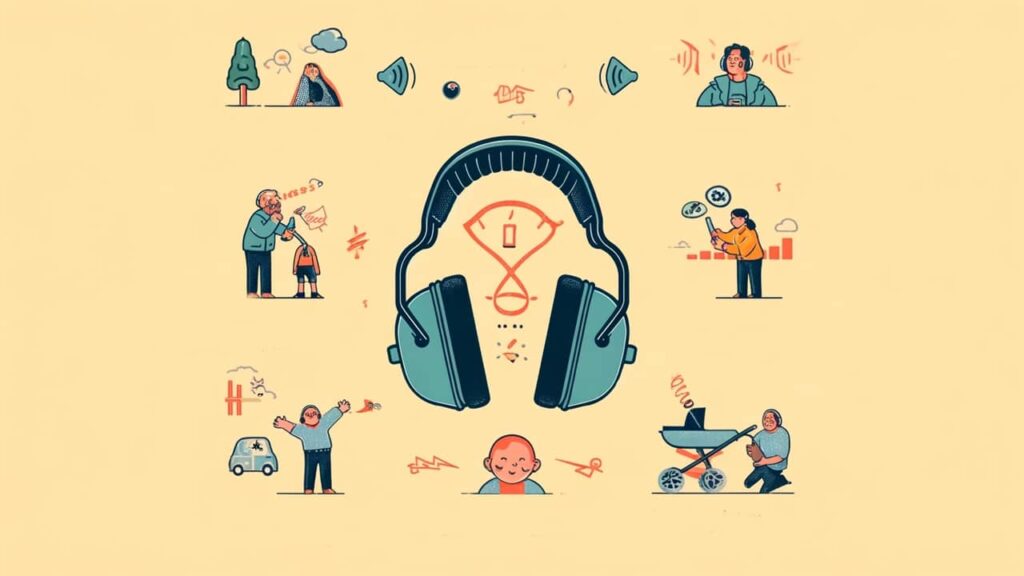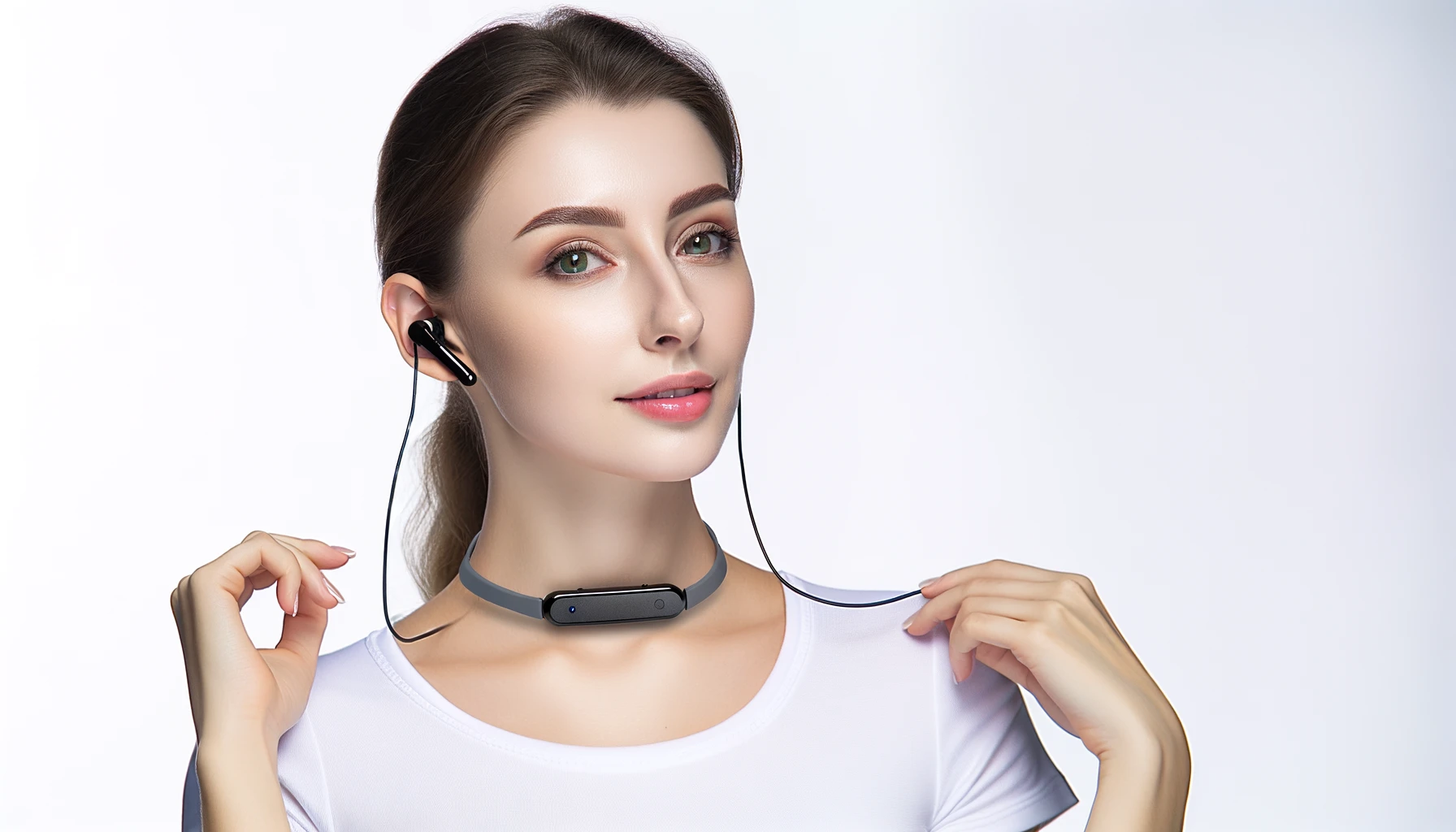Did you know that over 30% of people use headphones to block out ambient noise, according to a survey by Jabra? Noise-canceling headphones, a marvel of modern audio technology, combine innovative design with advanced engineering to deliver a quieter listening experience. But many of you will be wondering about how noise canceling headphones work, right? Well! Here is all the explanation you need.
The Basics: Passive and Active Noise Control
Passive Noise Control This method relies on the physical design and materials of the headphones to block out ambient noise. The ear cups are designed to fit snugly around your ears, using sound-absorbing materials that minimize external sounds. Think of it as a pair of high-quality earmuffs that dampen noise through insulation.

Active Noise Control (ANC) This is where the magic happens. ANC uses sophisticated electronics to counteract incoming noise. Here’s a step-by-step breakdown:
- Microphones: Tiny microphones, both inside and outside the ear cups, detect ambient sounds.
- Digital Signal Processor (DSP): This component analyzes the incoming sound waves and creates an inverse wave—essentially a mirror image.
- Destructive Interference: The inverse wave is played through the headphones’ speakers, effectively canceling out the unwanted noise by interfering with it destructively.
How It Works in Practice
When you’re wearing noise-canceling headphones, the microphones pick up sounds like the hum of an airplane engine or the chatter in a coffee shop. The DSP then processes these sounds in real-time, producing inverse sound waves that negate the noise before it reaches your ears.

The Evolution of ANC Technology
The concept of noise cancellation isn’t new. Bose Corporation, founded by Dr. Amar Bose, was a pioneer in developing and commercializing ANC technology in the late 1980s. The primary goal was to enhance audio experiences in noisy environments, particularly for air travelers.

Early Beginnings
Early experiments focused on improving communication for pilots and reducing industrial noise.
Advancements in the 1990s
The 1990s brought digital signal processing, making noise cancellation devices more effective and compact.
The 2000s and Consumer Adoption
ANC technology became more accessible and affordable, with companies like Sony and Sennheiser joining the market.
Modern Innovations
Today’s ANC headphones feature adaptive noise cancellation, adjusting to the environment in real-time.
Beyond Headphones
ANC technology is now used in automotive noise control and household appliances for quieter operations.
The Future of ANC Technology
Future developments include integrating ANC into wearables and smart home systems, enhanced by AI and machine learning.
Real-World Effectiveness

Noise-canceling headphones are particularly effective against constant, low-frequency noises. This includes sounds like engine hums and air conditioning units. However, they are less effective at canceling out sudden, high-frequency noises, such as people talking or a baby crying.
Limitations and Considerations

While ANC technology has come a long way, it does have some limitations:
- Wind Noise: Strong winds can interfere with the microphones, making noise cancellation less effective.
- Battery Life: Active noise cancellation requires power, meaning these headphones often need to be recharged more frequently than standard headphones.
Ideal Use Cases

Noise-canceling headphones are perfect for:
- Travelers: Drowning out engine noise on planes or trains.
- Commuters: Reducing the din of busy streets or public transport.
- Office Workers: Creating a quiet workspace in open-plan offices or co-working spaces.
By understanding the science behind these headphones, you can appreciate the blend of design and technology that makes them so effective. Whether you’re a frequent traveler, a daily commuter, or someone who simply enjoys a bit of peace and quiet, noise-canceling headphones can significantly enhance your listening experience.

With this knowledge, you can make an informed decision on whether noise-canceling headphones are right for you and better understand the technology that powers your peaceful listening moments.
You may also like to read:
- Earphones VS. Headphones: Deciding What Sounds Right for You
- Neckband Headphones: What Are They, and What Are Their Pros and Cons?

Muhammad Faisal Rafiq is an experienced content editor with a passion for crafting engaging, informative, and user-friendly content. With extensive knowledge in automobiles, mobiles, tech, and home electronics, Faisal specializes in breaking down complex topics into accessible reads. Whether writing about the latest bikes or reviewing cutting-edge gadgets, his work reflects a dedication to delivering accurate and valuable insights. Outside of content creation, Faisal enjoys exploring emerging trends in tech and digital storytelling.



